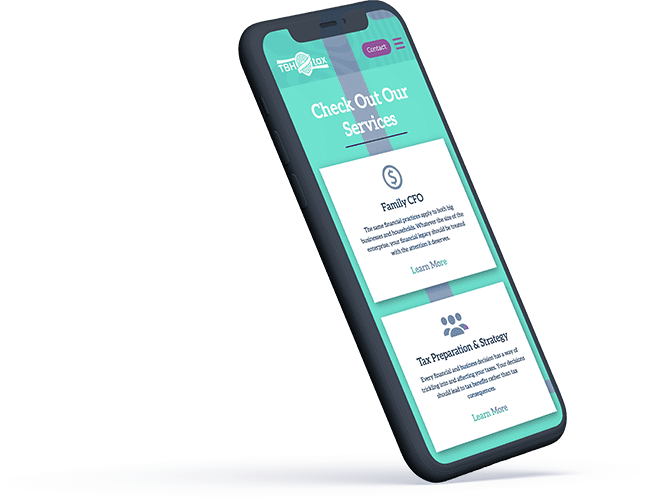
The Importance of Responsive Web Design

Responsive web design is a must-have for any website today. By utilizing this design method, websites can be optimized to look great on any device or screen size. Responsive web design allows websites to look great and function optimally, no matter what type of device the user is viewing it on. Let’s break down how it works and how you can incorporate it into your own website.
What is Responsive Web Design?
Responsive web design is a type of web design that makes web pages render well on any device – from a desktop computer to a tablet or mobile phone. Responsive web design adjusts the layout of a website based on the size of the screen that it is being viewed on. This ensures that all visitors have a positive experience regardless of the device they’re using.
It works by using a combination of flexible grids and layouts, images, and CSS media queries. The flexible grid is built with percentage-based widths so that it can flexibly adjust to any screen size. Layouts and images also adapt, depending on the size of the device being used.
The CSS media queries allow for different style rules to be applied depending on the size of the device being used. This allows the page to adjust the layout and content depending on the device, so that it looks great no matter what.
What are the Benefits?
As it creates a seamless experience for website visitors, responsive web design allows users to have proper access to your website on any device. Let’s take a look at some of the benefits:
- Increased User Experience: A responsive web design ensures that users have an optimal experience when visiting your website. This improved user experience is a crucial factor in driving traffic to your website and in generating conversions.
- Better Search Engine Rankings: Search engines prioritize mobile-friendly websites when it comes to ranking websites. Responsive web design allows you to ensure that your website is optimized for a wide range of devices and platforms, increasing the chances of it appearing higher up on search engine results pages.
- Cost-Effective Maintenance: As mentioned earlier, responsive web design helps streamline the process of optimizing your website for different devices and platforms. This makes the process of maintaining and updating your website much easier and cost-effective. You don’t need to develop and maintain multiple versions of the same website which can be time-consuming and costly.

How You Can Make Your Website More Responsive
- Optimize Website Speed: According to a survey by Portent, a website that loads in one second has a conversion rate three times higher than one that loads in five seconds. Ways to do this include avoiding redirects when possible, reducing the number of HTTP requests, and minimizing external scripts.
- Compress Images: When adding any images to your website, it’s important that the file size is limited as large sizes can decrease loading time and slow down your website overall. There are a variety of free online tools you can utilize to compress your images while keeping the quality intact.
- Avoid Using Pop-Ups: While pop-ups work on a desktop version of a website, it can be hard to click out of them if using a mobile device. This can lead users to not take action on your website and leave quickly.

Work with the Experts at JLB
At JLB, our team has designed award-winning websites for companies in Nashville, Brentwood, and Franklin, as well as surrounding cities in Middle Tennessee and beyond! Plus, our highly successful digital marketing team leverages proven strategies for websites, search engines, social media, email, and Google ads that produce highly qualified leads and market your brand.
Ready to take your website and business to new heights? Click here to contact us today.
Have A Project For Us?
Website design services & digital marketing tailored for user experience and
attracting the right traffic for you with support-that-matters!



